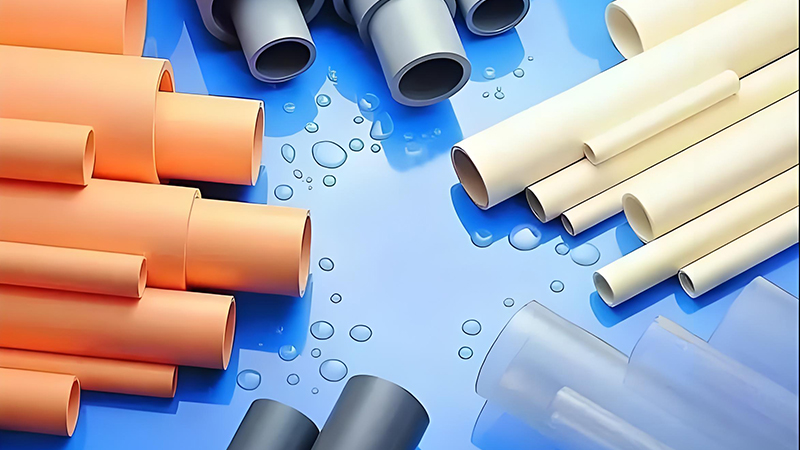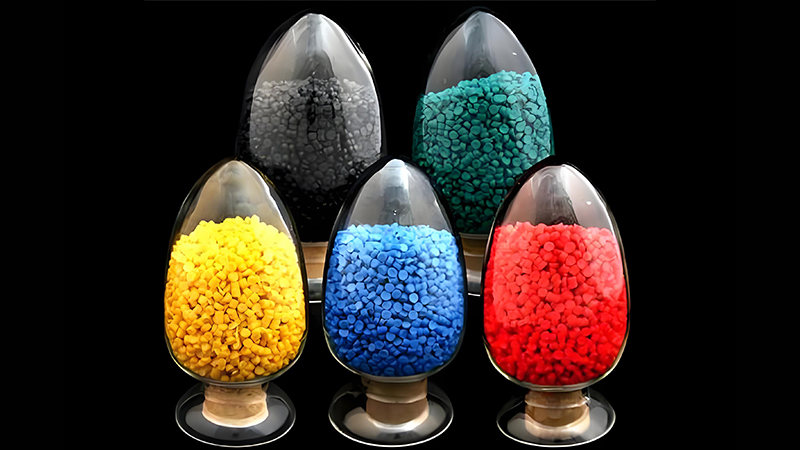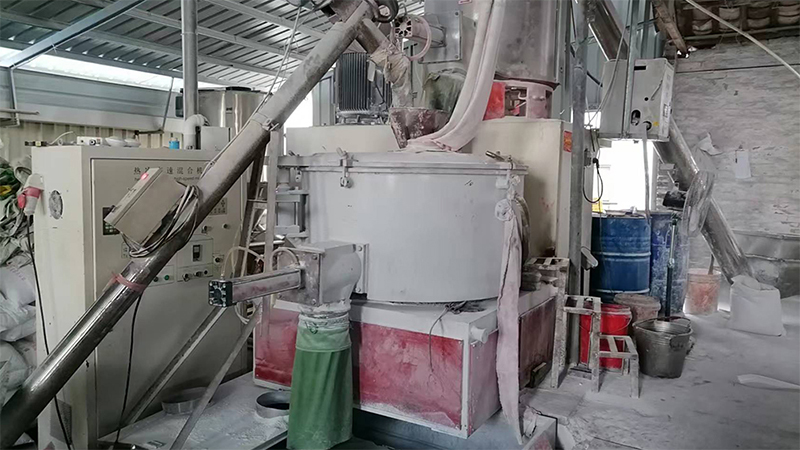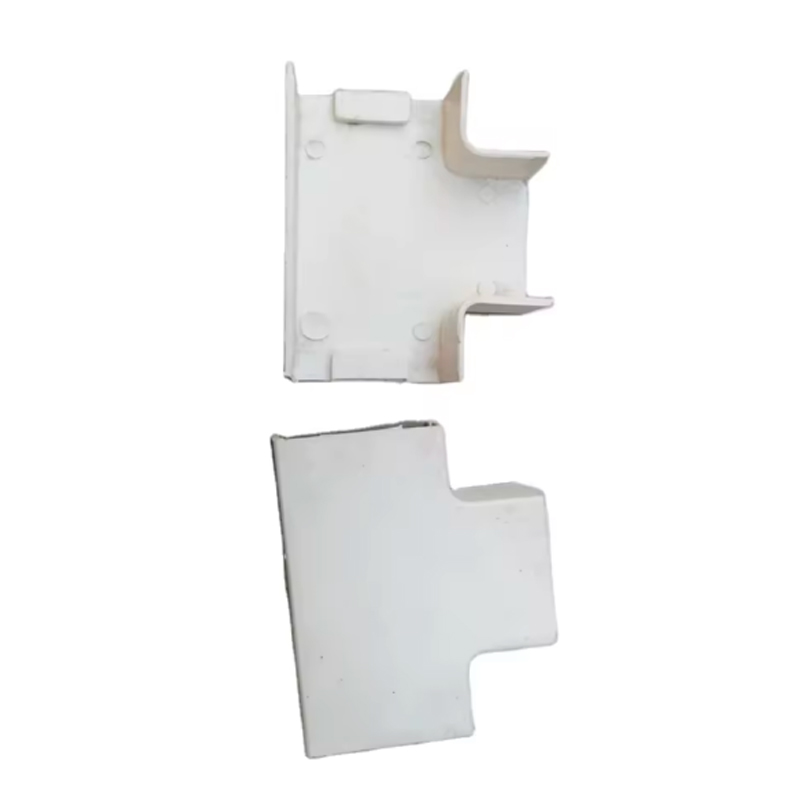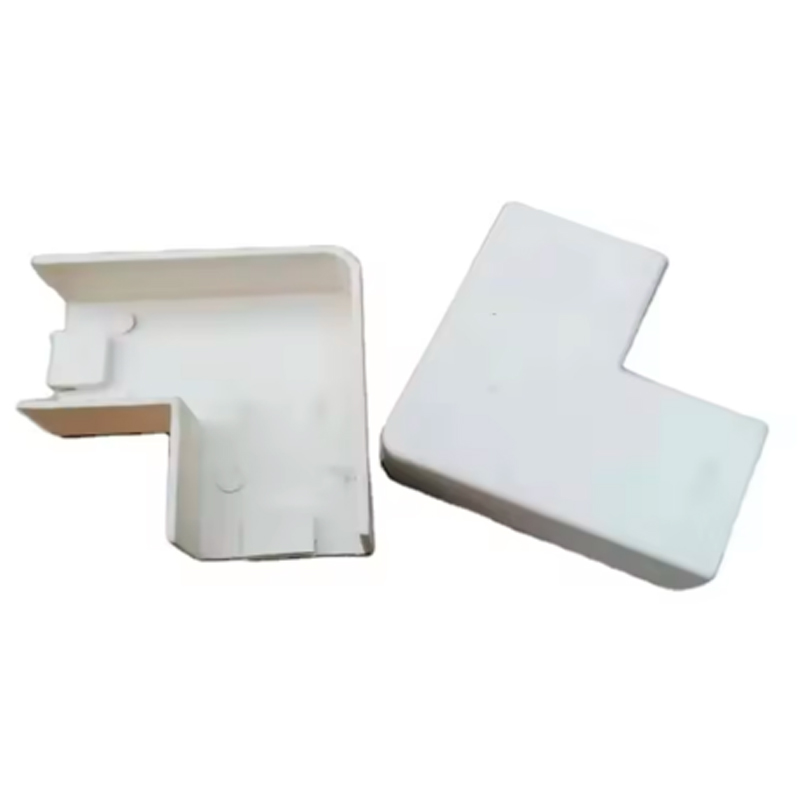What is the difference between PVC and CPVC?
CPVC resin is a new type of engineering plastic made by chlorination modification of polyvinyl chloride (PVC) resin. This product is a white or light yellow, odorless, and non-toxic loose particle or powder. After chlorination, the irregularity and polarity of molecular bonds in PVC resin increase, leading to increased solubility and chemical stability of the resin, thereby improving the material's heat resistance, acid resistance, alkali resistance, salt resistance, oxidant corrosion, etc. The mechanical properties of the numerical hot deformation temperature have been improved, with the chlorine content increasing from 56.7% to 63-69%, the Vicat softening temperature increasing from 72-82 ℃ to 90-125 ℃, and the maximum operating temperature reaching 110 ℃. The long-term operating temperature is 95 ℃. Among them, CORZAN CPVC has better performance indicators. Therefore, CPVC is a new type of engineering plastic with broad application prospects.
Differences from PVC
1. Different chlorine content
PVC (polyvinyl chloride) chlorine content: 56%
CPVC (chlorinated polyvinyl chloride) chlorine content: 67%
2. Vicat temperature (hot deformation temperature): measurement of performance, the higher the Vicat temperature, the better the performance
Vicat temperature for general CPVC and PVC:
PVC: Vicat temperature ranges from 71 to 75 ℃
CPVC: Vicat temperature ranges from 100 to 125 ℃
The Vicat temperature of the pipe is 110 ℃ JC-701, and the original material CPVC Vicat temperature is 124 ℃ -128 ℃
The Vicat temperature of pipe fittings is 103 ℃, ZS-601, and the original material CPVC has a Vicat temperature of 121 ℃ -125 ℃
The flowability (rheological properties) requirement for pipe processing is higher than that of pipes, which can be adjusted by adding additives. The Vicat temperature is lower than that of general pipes.
3. The strength measured by the drop hammer test is higher than that of ordinary PVC2 by times or more
4. The water pressure resistance test is higher than that of ordinary PVC
Previous: Popularization of PVC stabilizer knowledge
Next: No More



